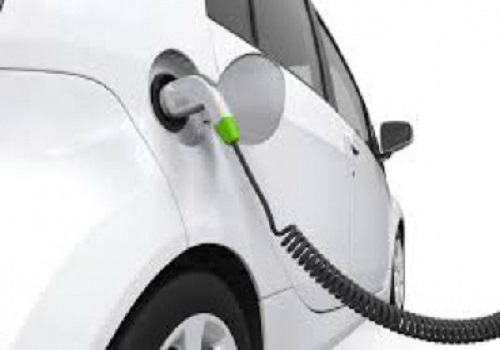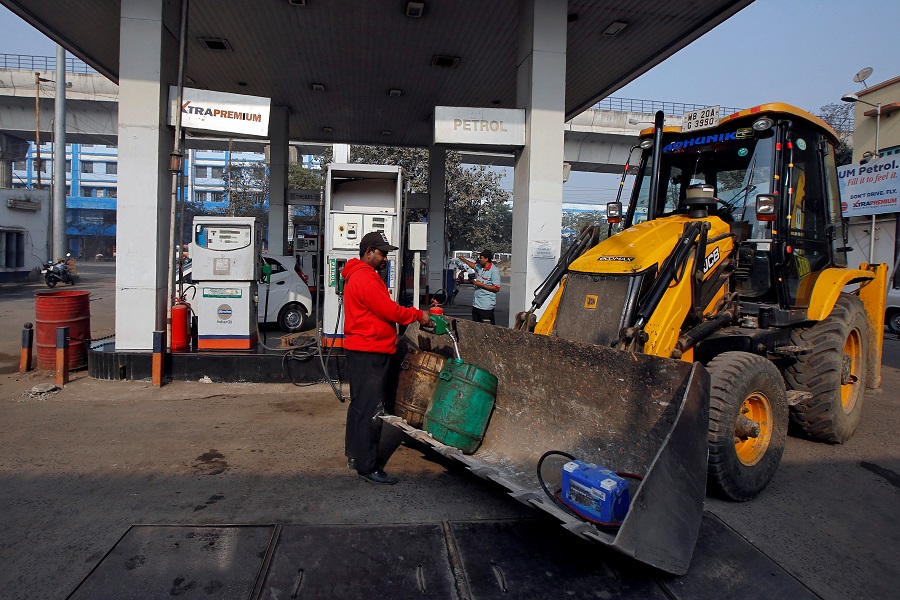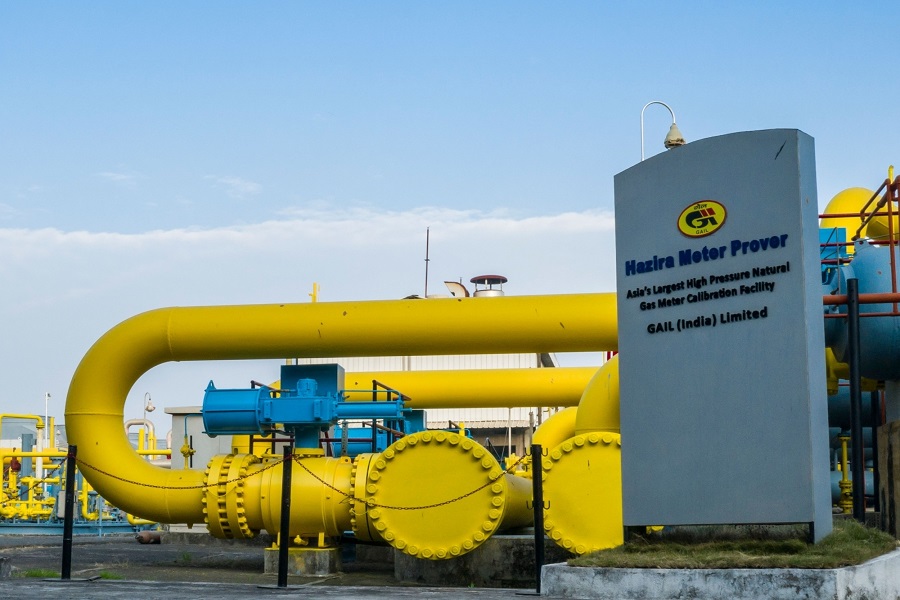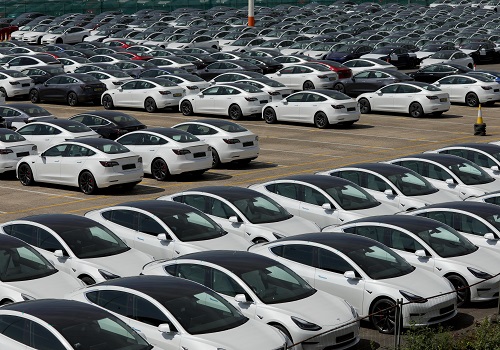Oil & Gas Sector Update : Indian Oil & Gas industry gearing up for Net Zero By JM Financial Institutional Securities

We went through various Indian oil and gas (O&G) companies’ FY23 annual reports and their sustainability reports to understand their plans and likely contribution to enable India achieve its COP-26 commitments, which include achieving Net Zero by 2070 and increasing nonfossil fuel based energy capacity to 500GW by 2030. Indian O&G majors have already announced plans to set up RE (renewable energy) capacities, which will not only help them achieve their Net Zero targets but also aid them in business diversification. RIL aims to achieve Net Zero by 2035, followed by ONGC by 2038, HPCL/BPCL/Oil India/GAIL by 2040 and IOCL by 2046 while various gas companies are in the process of firming up their Net Zero targets. India plans to increase non-fossil fuel based energy capacity to 500GW by 2030 (from current 186GW); of this, ~125GW is likely to be added by India’s O&G companies (100GW by RIL, 10GW by ONGC, 5.5GW by IOCL, ~3GW each by GAIL/BPCL and 2GW by HPCL). Led by aggressive plans by RIL, India also aims to be a global leader in green hydrogen powered by renewable energy. RIL recently highlighted its readiness to double its announced clean energy capex of INR 750bn for 3 years and may potentially take this to ~INR 5trln over 10-15 years; ONGC has committed ~INR 2trln, Oil India ~INR 250bn and GAIL ~INR 260bn for this. With the proposed rights issue, OMCs are also planning to boost clean energy capex to support their Net Zero targets.
* India committed to achieve Net Zero by 2070; RIL targeting Net Zero by 2035, followed by ONGC (2038) HPCL/BPCL/Oil India/GAIL (2040) and IOCL by 2046: At the 26th UN Climate Change Conference, 2021 (COP-26), GoI (government of India) committed to achieve: a) Net Zero by 2070, b) increasing non-fossil fuel based energy capacity to 500GW by 2030 (from ~186GW in Aug’23), and c) meeting 50% of the country’s energy requirements from renewables by 2030 (from ~15.3% in Jul’23), amongst other targets. As contribution to India’s key COP 26 commitments, India’s oil and gas (O&G) majors have already announced their Net Zero targets with RIL targeting to achieve Net Zero by 2035, followed by ONGC by 2038, HPCL/BPCL/Oil India/GAIL by 2040 and IOCL by 2046. Gas companies are yet to announce their respective Net Zero targets.
* India targeting to increase non-fossil fuel based energy capacity to 500GW by 2030 (from current 186GW); of this, ~125GW is likely to be added by Indian O&G companies: India plans to increase its non-fossil fuel based energy capacity to 500GW by 2030 (from ~186GW in Aug’23) via a target of around 300GW (vs. ~72 GW in Aug’23) for solar energy, around 140GW (vs. ~44 GW in Aug’23) for wind energy and the balance via a mix of bio-energy, hydro and nuclear energy. To meet these commitments, India’s oil & gas companies have so far announced plans to add RE capacity of up to ~124GW by 2030 (vs. ~1GW at the end of FY23) and increase that to ~171GW by 2040. RIL will be the biggest contributor among all oil and gas industry players, having announced an RE capacity target of 100GW by 2030. Out of the remaining 24GW RE capacity target, ONGC has announced setting up of 10GW capacity, IOCL 5.5GW, GAIL 3GW and HPCL 2GW whereas BPCL should be having ~3GW by 2030. It is to be noted that IOCL has increased its RE capacity target from 3GW to 5.5GW for FY30 and eased its FY40 target from 35GW to 31GW while keeping the FY50 target unchanged at a massive 200GW.
* India aims to be global leader in green hydrogen powered by renewable energy; RIL has laid down aggressive plans: GoI’s National Green Hydrogen Mission aims to make India a global leader in production, usage and export of green hydrogen. It is targeting a green hydrogen capacity of 5mmtpa by 2030 with an associated RE capacity addition of ~125GW; apart from the initial outlay of INR 197bn, this will entail over INR 8trln of investments by 2030. RIL has laid down aggressive plans and aims to bring down the cost of green hydrogen to under USD 2 per kg initially and ultimately to even under USD 1 per kg (from ~USD 3.0-6.5 per kg in 2021) in a decade to make green hydrogen more affordable. IOCL is also developing a 10ktpa green hydrogen capacity at its Panipat refinery while HPCL and BPCL has planned to install annual green hydrogen production capacity of 29ktpa and 10ktpa respectively by 2030. Other oil and gas companies have
Please refer disclaimer at https://www.jmfl.com/disclaimer
SEBI Registration Number is INM000010361























